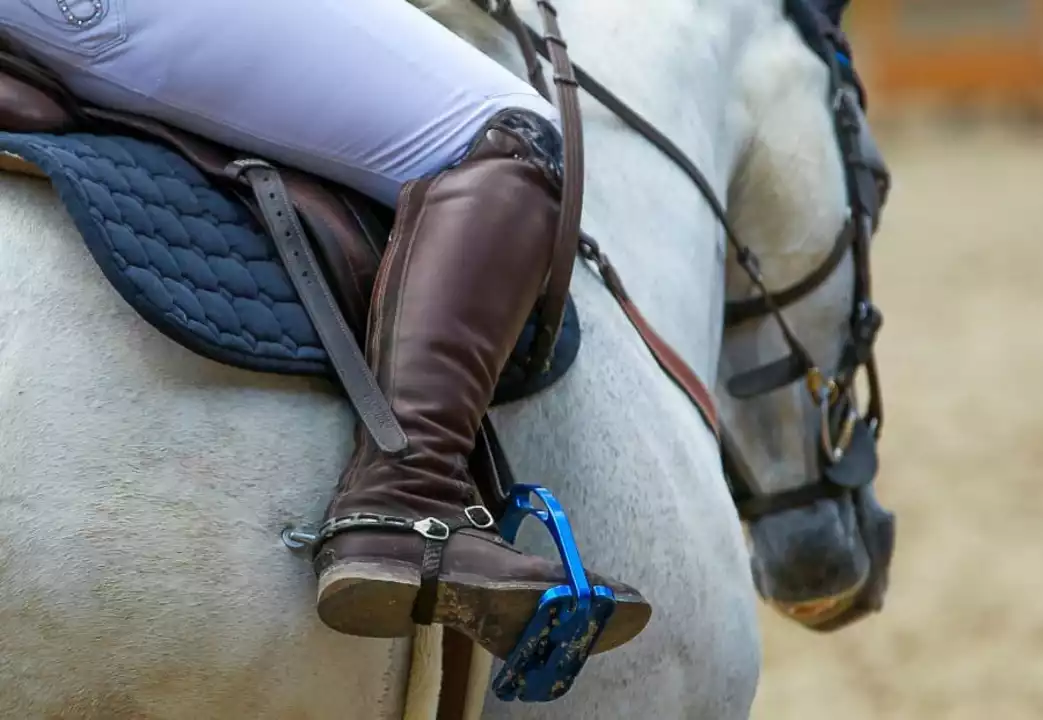Essential Equestrian Equipment Every Rider Should Own
If you’re new to riding or just looking to upgrade, the right gear makes all the difference. Good equipment keeps you safe, improves your balance, and helps the horse work more comfortably. Below we cover the basics you need in your tack box and give practical tips on picking items that fit your style and budget.
Core Riding Gear
Helmet: This is non‑negotiable. A certified riding helmet should fit snugly, sit level on your head, and have enough padding to absorb a fall. Replace it after any serious impact or every five years, even if it looks fine.
Boots: Look for tall, leather or synthetic boots with a small heel. The heel stops your foot from slipping through the stirrup. If you ride indoors, a pair of well‑cushioned paddock boots works too.
Breeches or Riding Pants: Stretchy, reinforced at the knee, and with a snug fit around the calf. They reduce friction and protect your legs when you’re in the saddle.
Gloves: Leather gloves give you a solid grip on the reins and protect your hands from blisters. Choose a pair that’s breathable and fits without bunching.
Saddle: The centerpiece of your kit. A good fit matches the horse’s back shape and your riding discipline – English or Western. Test a saddle on a friend’s horse before buying, and get it checked by a professional fitter.
Bridle & Bit: A well‑matched bridle should rest comfortably on the horse’s poll and nose. Bits come in many styles; start with a mild one (like a snaffle) and adjust based on the horse’s response.
Stirrups & Girth: Stirrups need a secure strap and the correct length for your leg length. The girth (or cinch) should be snug enough to keep the saddle from shifting but not so tight it chokes the horse.
Protective Vest: Increasingly popular for jumping and eventing, a vest absorbs impact to the torso. Look for a model with breathable panels and adjustable straps.
Grooming Kit: A basic set includes a curry comb, brush, hoof pick, and mane comb. Regular grooming keeps the horse comfortable and helps you spot any skin issues early.
Choosing the Right Fit and Budget
Quality doesn’t always mean pricey, but you do get what you pay for in safety‑critical gear. For helmets and boots, invest in reputable brands; they meet higher safety standards and last longer. For tack like saddles and bridles, consider buying a lightly used piece from a trusted dealer – you can often find a great fit for half the new price.
When you try on gear, move around as if you’re already riding. Walk, trot in place, and sit in a saddle to see if anything rubs or feels loose. Adjust straps, buckles, and closures until everything feels secure but not restrictive.Maintenance saves money. Clean your boots after each ride, wipe down leather tack with a conditioner, and store your helmet in a cool, dry place. Regular checks for wear, especially on stirrups and girths, prevent sudden failures.
Finally, think about your riding goals. If you’re mainly trail riding, a simple English saddle, basic helmet, and sturdy boots will serve you well. If you’re aiming for competition, start exploring sport‑specific accessories like a dressage saddle or a jumping vest.
Bottom line: start with the essentials – helmet, boots, and a well‑fitted saddle – then layer on extras as your confidence grows. The right equipment protects both you and your horse, letting you focus on the joy of riding rather than worrying about gear failures.
What type of Spur should I use when Horseback Riding?
As a horseback rider, choosing the right type of spur is crucial for effective communication with your horse. There are various types of spurs, such as the English spur, Western spur, and the Rowel spur, each designed for specific riding disciplines and horse's sensitivity. The key is to find the right balance between providing clear signals and not causing discomfort to the horse. If you're a beginner, it's best to consult with a knowledgeable trainer or riding instructor to help you make the right choice. Remember, it's essential to use spurs responsibly and always prioritize the well-being of your horse.
READ MORE